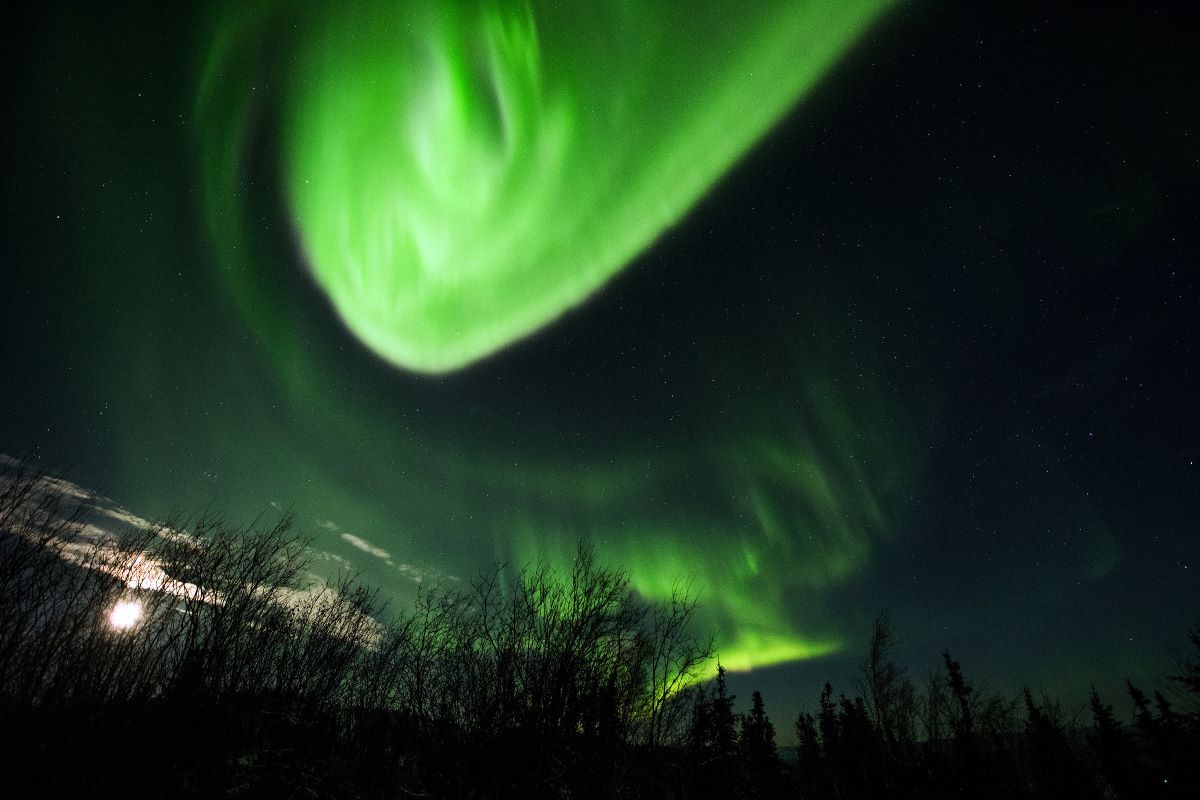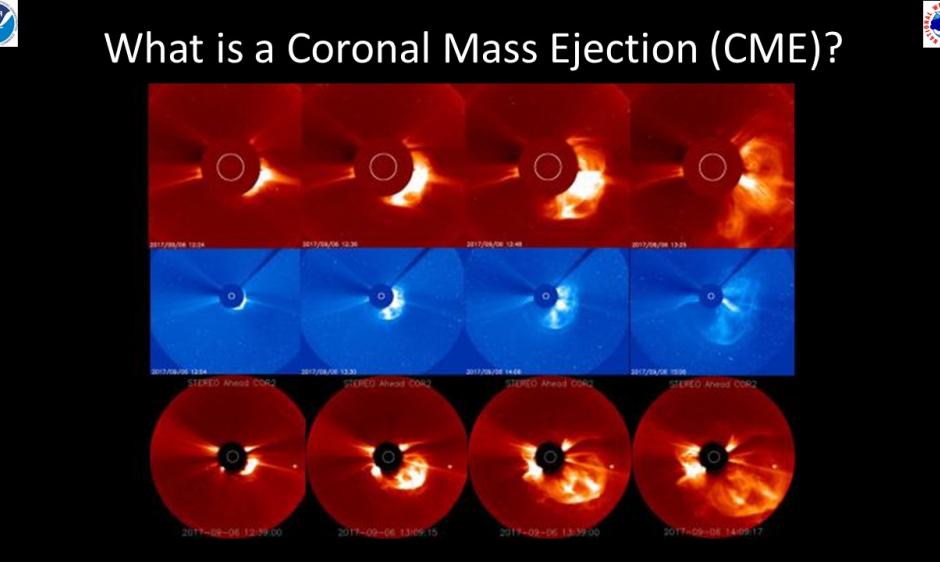Look up at the right time and skygazers in parts of the northern hemisphere may have an opportunity to spot the vibrant, dancing hues of the aurora borealis — if the right conditions persist through the nights of Dec. 10 and Dec. 11 in 2020.
A geomagnetic storm watch was in effect between Dec. 9 and 11, according to NOAA’s Space Weather Prediction Center (SWPC). The magnitude of the storm dictates how visible and to what extent the northern lights can be seen. And while the storm's intensity was downgraded on Dec. 10, astronomers assure viewers in the northernmost latitudes that there is a probability of spotting the elusive lights.
Northern lights are caused by a type of solar flare known as a coronal mass ejection, or CME. These large expulsions of plasma and accompanying magnetic field are ejected from the sun’s outermost layer, also known as the corona. During a CME, billions of tons of this coronal material can be ejected as slow as 155 mph to more than 1,800 mph — four times as fast as a passenger aircraft — the fastest of which can reach Earth in as little as 15 hours.
When particles from CME reach our atmosphere and collide with the invisible magnetic field, that causes intense interactions that create electrical currents of charged particles. When these charged particles come into contact with oxygen and nitrogen atoms in the atmosphere, they produce what we know as the aurora borealis. These disturbances are what is known collectively as a geomagnetic storm, the strength of which determines the likelihood and extent that northern lights will be visible.
On Dec. 9, a solar flare was forecasted to generate a G3 (strong) geomagnetic storm — and the stronger the storm, the further south the lights can be seen. But the storm was downgraded to a G1 (minor) the following day, which limits the areas that the lights may be visible from but still presents ripe conditions to create the aurora borealis in northern latitudes. About 1,700 G1 storms will occur every 11 years, or one solar year.
“The magnetic strength of this storm was less than the peak potential that could have initiated a G3 (strong) geomagnetic storm as it arrived at Earth,” wrote NASA’s Space Weather Prediction Center in a Dec. 10 update.
In a tweet, NASA Jet Propulsion Lab ambassador Tony Rice wrote that the storm was downgraded after an analysis of the initial shock that arrived at 8:32 p.m. EST. The downgrade lowered the likelihood of seeing the northern lights, but did not limit it altogether.
According to the community outreach initiative dedicated to space weather, the Northern Lighthouse Project, a G1 geomagnetic storm can still produce hours of vibrant auroras in the northern hemisphere, particularly across the parts of Western Canada. Shorter periods of active auroras can also be seen at mid-latitudes in southern Canada and the northern U.S.
A simulation of the Dec. 10 show can be seen at the SWPC site by clicking on the image below “The Aurora.”

